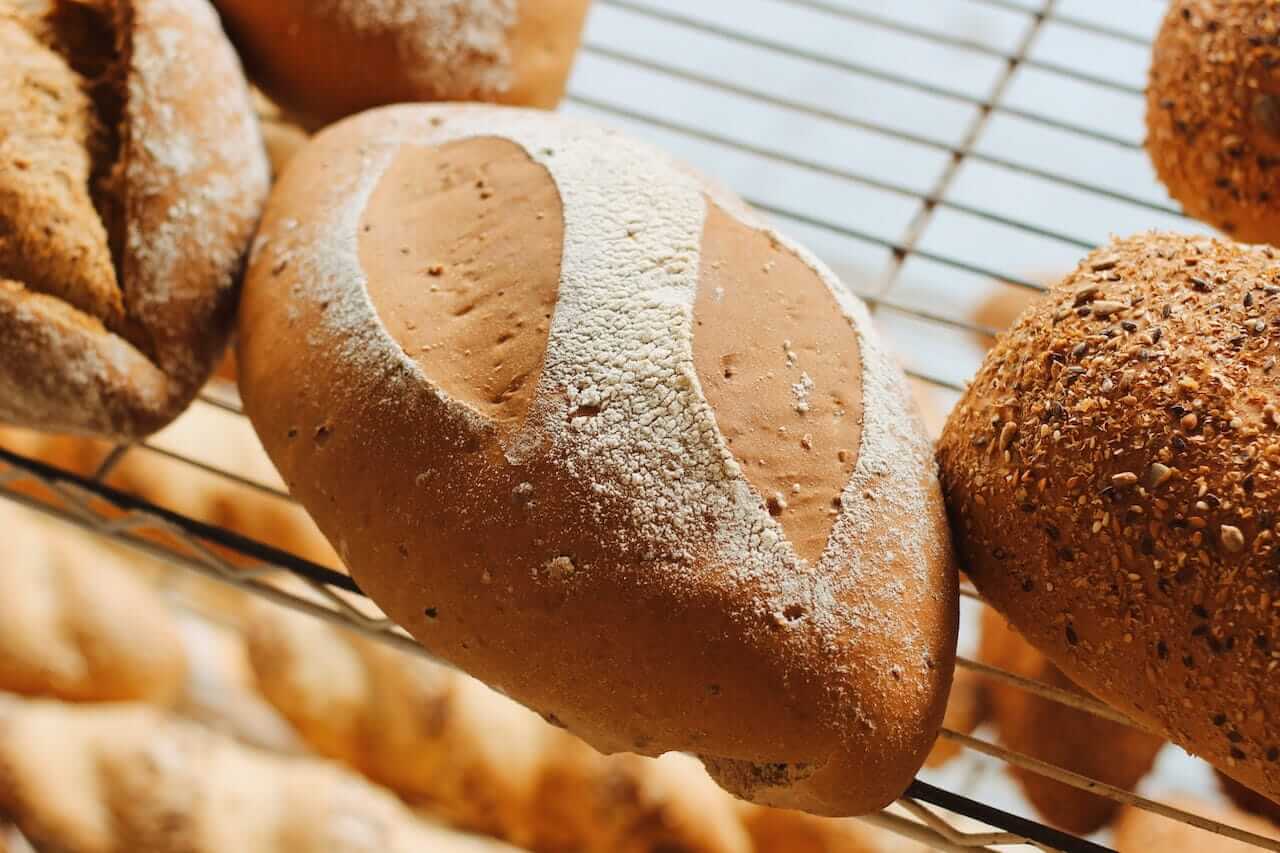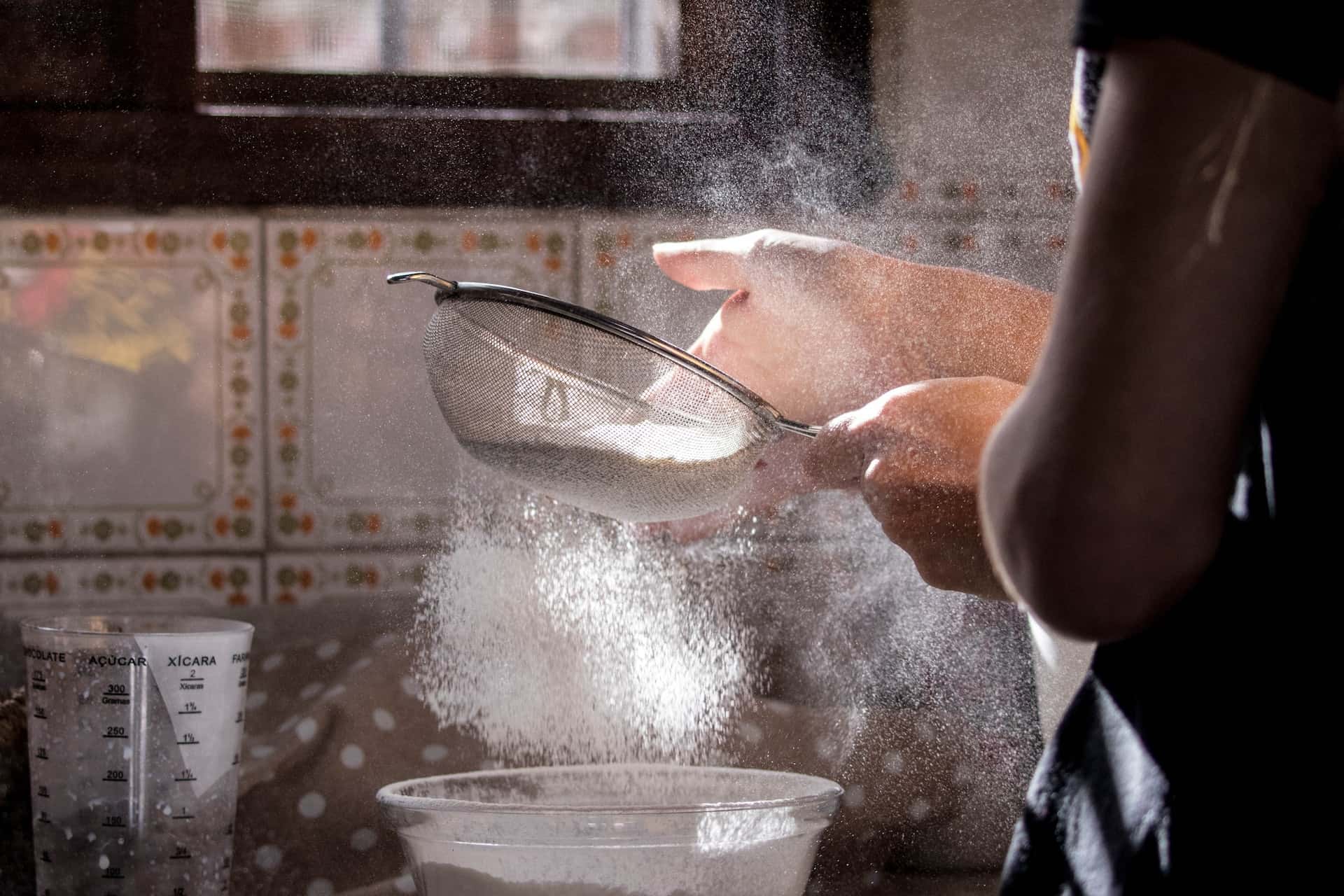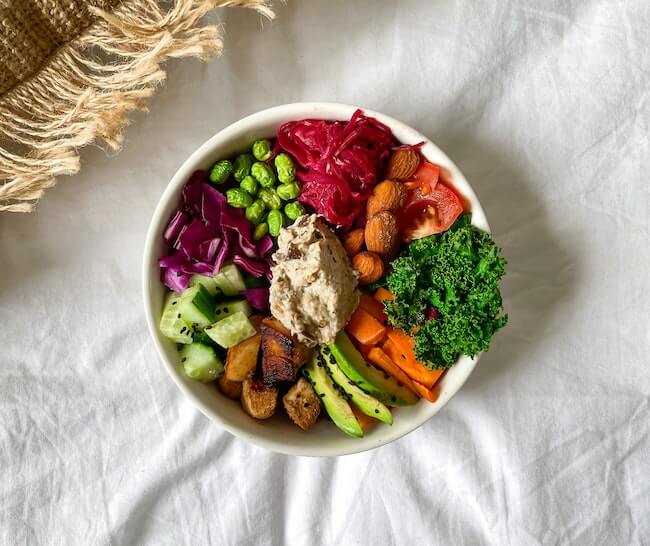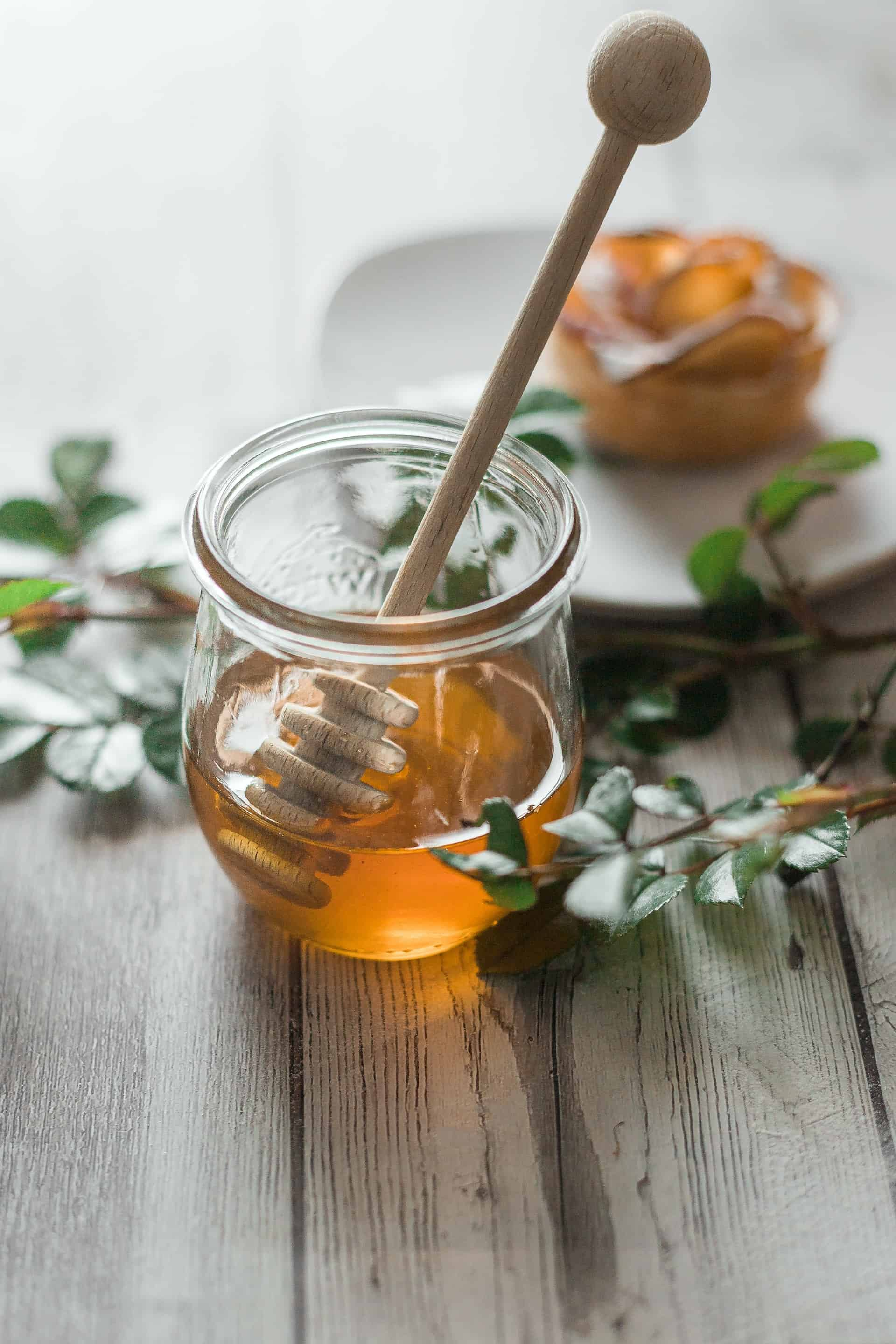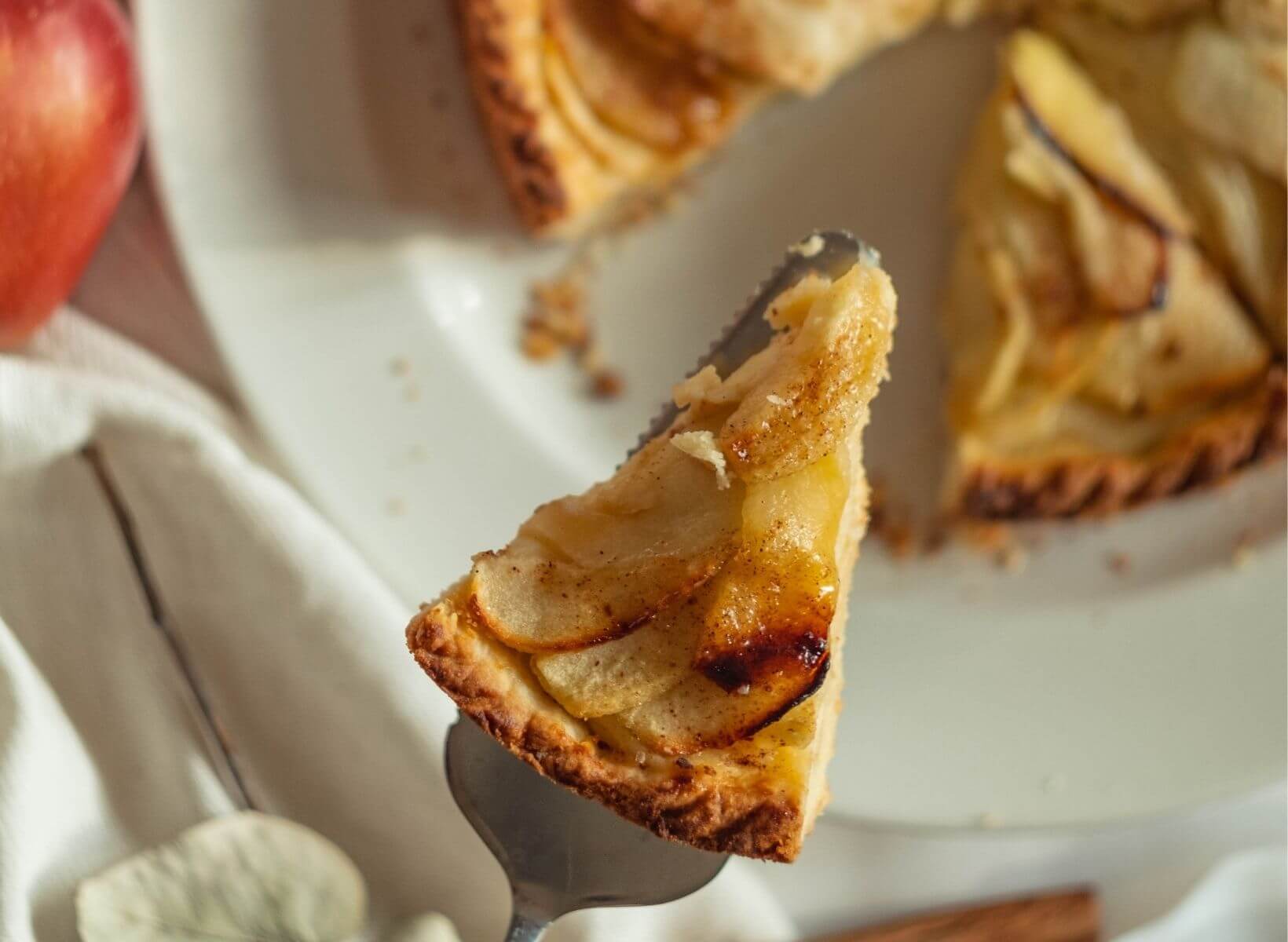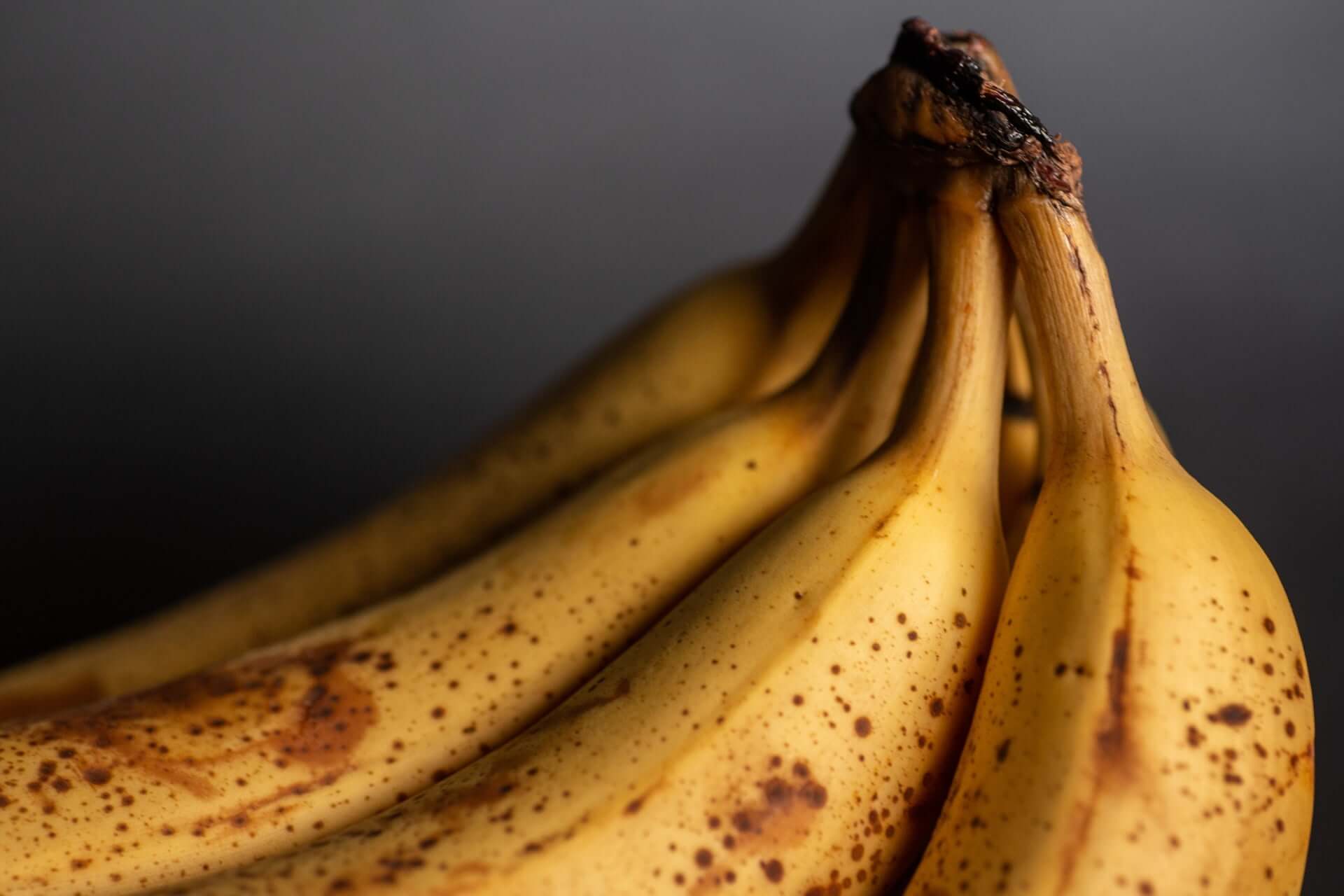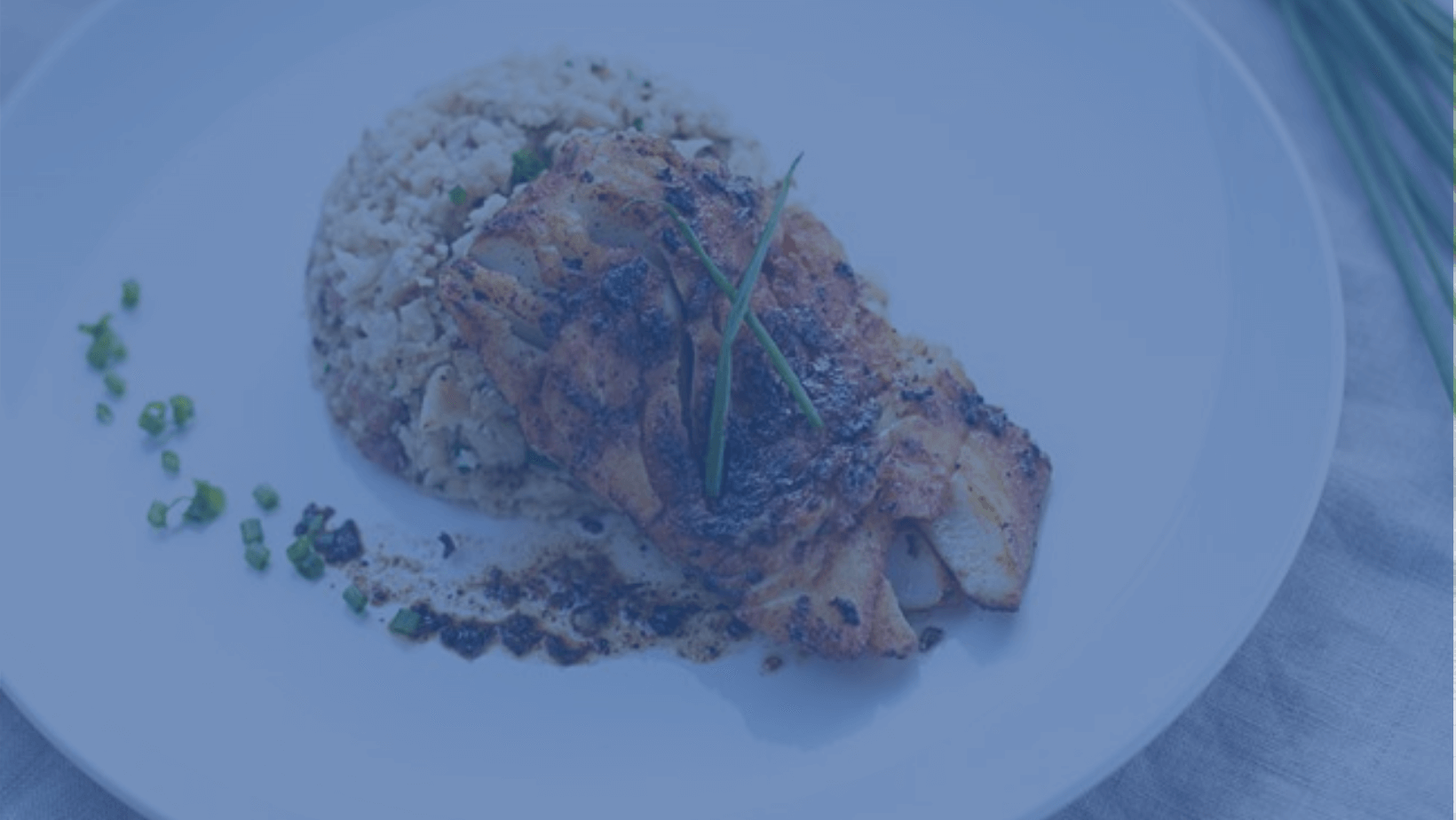Bread can get a bad rap when it comes to the glycemic index because it is often made with refined carbs like white flour and sugar. These ingredients can cause blood sugar to spike quickly, leading to an energy crash and cravings later on.
Choosing high-fiber bread can help minimize that spike by slowing digestion as well as benefiting other parts of the body such as heart health.
<p class="pro-tip">Tip for glucose stability when eating bread: Pair bread with protein-rich foods to reduce the glucose spike and crash.</p>
No matter what type of bread you are reaching for, it may still have a moderate to high glycemic index. If you eat bread by itself, you may experience blood sugar spikes because it is primarily made with carbohydrates. But, if you pair high-fiber bread with other foods that are low GI, you can help to reduce that spike and subsequent crash as it will slow glucose absorption.
<p class="pro-tip">Try having high-fiber bread with proteins and healthy fats. Some good examples include almond butter and berries (not banana) on toast, turkey and swiss cheese sandwiches, or avocado and eggs on sourdough.</p>
Feel free to get more creative by using the below bread recipes in other dishes like bread pudding, croutons, or as breadcrumbs.
Low Glycemic Bread Ingredients
There are a few different ingredients featured in each of these recipes that contribute to the low glycemic index.
- Sprouted Grains—Sprouted grains are a great option for high-fiber bread. They tend to be high in fiber and low on the glycemic index. And, they offer a good amount of protein and other nutrients. Look for bread that is made with sprouted wheat, rye, or grains.
- Whole Wheat Flour—Whole wheat flour is another high-fiber option when it comes to bread. This type of flour is made from the entire grain, which includes the bran, germ, and endosperm. This means that it is high in fiber, vitamins, minerals, and antioxidants while also having a lower glycemic index than white flour. You can find whole wheat flour in most grocery stores.
- Sourdough Starter—Sourdough bread is made with a sourdough starter, which is a mix of flour and water that ferments over time. This fermentation process helps to break down the carbohydrates, which makes them easier to digest. This is why sourdough bread also has a lower glycemic index than others.
- Seeds—Seeds, such as sunflower, sesame, flax, and pumpkin, are high in healthy fats and fiber. This combination of seeds helps to make bread recipes higher in fiber and lower on the glycemic index.
- Almond Flour—Almond flour is a high-fiber, low-carb flour that is made from ground almonds. It is a good option for those who are trying to minimize blood sugar spikes because it is high in healthy fats and fiber.
- Oats—Oats are high in fiber and have a lower glycemic index than other grains. They also contain beta-glucan, which is a type of soluble fiber that has been shown to help lower cholesterol levels. Also consider: sorghum, millet, amaranth and teff.
<p class="pro-tip">Also read: Best Breads to Minimize Glucose Impact</p>
Top 5 High Fiber Bread Recipes
There are plenty of delicious high-fiber bread recipes out there - here are five of our favorites:
Sprouted Grain Bread
.jpg)
This bread is made with sprouted grains, which makes it high in fiber and low on the glycemic index. It's also a good source of protein and vitamins, making it a perfect choice for a healthy snack or meal.
What you'll need:
- 1 cup sprouted wheat grains
- 1 cup water
- 1 tablespoon olive oil
- 1 teaspoon salt
Instructions:
1. Preheat the oven to 350 degrees Fahrenheit.
2. In a bowl, combine the sprouted wheat grains, water, olive oil, and salt.
3. Mix well and let sit for 10 minutes.
4. Pour the mixture into a loaf pan and bake for 30-40 minutes
Whole Wheat Sourdough Bread
.jpg)
Sourdough bread is a great option if you're looking for a high-fiber bread that also has a unique flavor. This recipe uses whole wheat flour, which gives it a high fiber content. The sourdough starter also helps to lower the bread's glycemic index.
What you'll need:
- 2 cups whole wheat flour
- 1 cup sourdough starter
- 1 teaspoon salt
- 1/2 cup water
Instructions:
1. In a large bowl, combine the whole wheat flour, sourdough starter, salt, and water. Mix well.
2. Knead the dough for 10 minutes.
3. Place the dough in a loaf pan and let it rise for 30-60 minutes.
4. Bake the bread at 350 degrees Fahrenheit for 30-40 minutes.
4-Seed Wheat Loaf
.jpg)
This bread is made with four different kinds of seeds - flax, sunflower, sesame, and pumpkin. The seeds add a great flavor and texture to the bread, and they also make it high in fiber. This bread is perfect for toast or sandwiches.
What you'll need:
- 1 cup wheat flour
- 1/2 cup flaxseed meal
- 1/4 cup sunflower seeds
- 2 tablespoons sesame seeds
- 1 tablespoon pumpkin seeds
- 1 teaspoon salt
- 1/2 cup water
Instructions:
1. Preheat the oven to 350 degrees Fahrenheit.
2. In a bowl, combine the wheat flour, flaxseed meal, sunflower seeds, sesame seeds, pumpkin seeds, and salt.
3. Add the water and mix until well combined.
4. Pour the mixture into a loaf pan and bake for 30-40 minutes.
{{mid-cta}}
Gluten-Free Bread
.jpg)
If you're looking for a high-fiber gluten-free bread, this recipe is perfect for you. It uses almond flour and psyllium husk, which both have a high fiber content. This bread is also low on the glycemic index.
What you'll need:
- 1/2 cup almond flour
- 1/4 cup psyllium husk (hello fiber!)
- 1 teaspoon baking powder
- 1/2 teaspoon salt
- 1/3 cup water
- 2 tablespoons olive oil
Instructions:
1. Preheat the oven to 350 degrees Fahrenheit.
2. In a bowl, combine the almond flour, psyllium husk, baking powder, and salt.
3. Add the water and olive oil and mix until well combined.
4. Pour the mixture into a loaf pan and bake for 30-40 minutes.
<p class="pro-tip">Also read: Is Gluten Free Low Carb?</p>
Oat Loaf
.jpg)
This oat loaf is a high-fiber and high-protein bread that is perfect for breakfast or lunch. It's made with whole oats, which makes it a good source of fiber. This bread is also low on the glycemic index.
What you'll need:
- 1/2 cup steel-cut oats
- 2 cups water
- 1 teaspoon salt
- 2 tablespoons olive oil
- 1/4 cup oat flour
Instructions:
1. Preheat the oven to 350 degrees Fahrenheit.
2. In a pot, bring the oats and water to a boil. Add the salt and olive oil and mix well.
3. Remove from heat and let sit for 10 minutes.
4. Pour the mixture into a blender and blend until smooth.
5. Pour the mixture into a loaf pan and bake for 30-40 minutes.
Bread doesn't have to be off-limits when you're trying to minimize blood sugar spikes. With these high-fiber recipes, you can enjoy a delicious and healthy slice of bread without worrying about the effects on your blood sugar. Give them a try and see for yourself!
- Item 1
- Item 2
- item 3
Topics discussed in this article:
References
- Barber, T. M., Kabisch, S., Pfeiffer, A., & Weickert, M. O. (2020). The Health Benefits of Dietary Fibre. Nutrients, 12(10), 3209. https://doi.org/10.3390/nu12103209
- H. Douglas Goff, Nikolay Repin, Hrvoje Fabek, Dalia El Khoury, Michael J. Gidley, Dietary fibre for glycaemia control: Towards a mechanistic understanding, Bioactive Carbohydrates and Dietary Fibre, Volume 14, 2018, Pages 39-53, ISSN 2212-6198, https://doi.org/10.1016/j.bcdf.2017.07.005.
- De Angelis, M., Rizzello, C. G., Alfonsi, G., Arnault, P., Cappelle, S., Di Cagno, R., & Gobbetti, M. (2007). Use of sourdough lactobacilli and oat fibre to decrease the glycaemic index of white wheat bread. The British journal of nutrition, 98(6), 1196–1205. https://doi.org/10.1017/S0007114507772689
- Mäkeläinen, H., Anttila, H., Sihvonen, J., Hietanen, R. M., Tahvonen, R., Salminen, E., Mikola, M., & Sontag-Strohm, T. (2007). The effect of beta-glucan on the glycemic and insulin index. European journal of clinical nutrition, 61(6), 779–785. https://doi.org/10.1038/sj.ejcn.1602561




